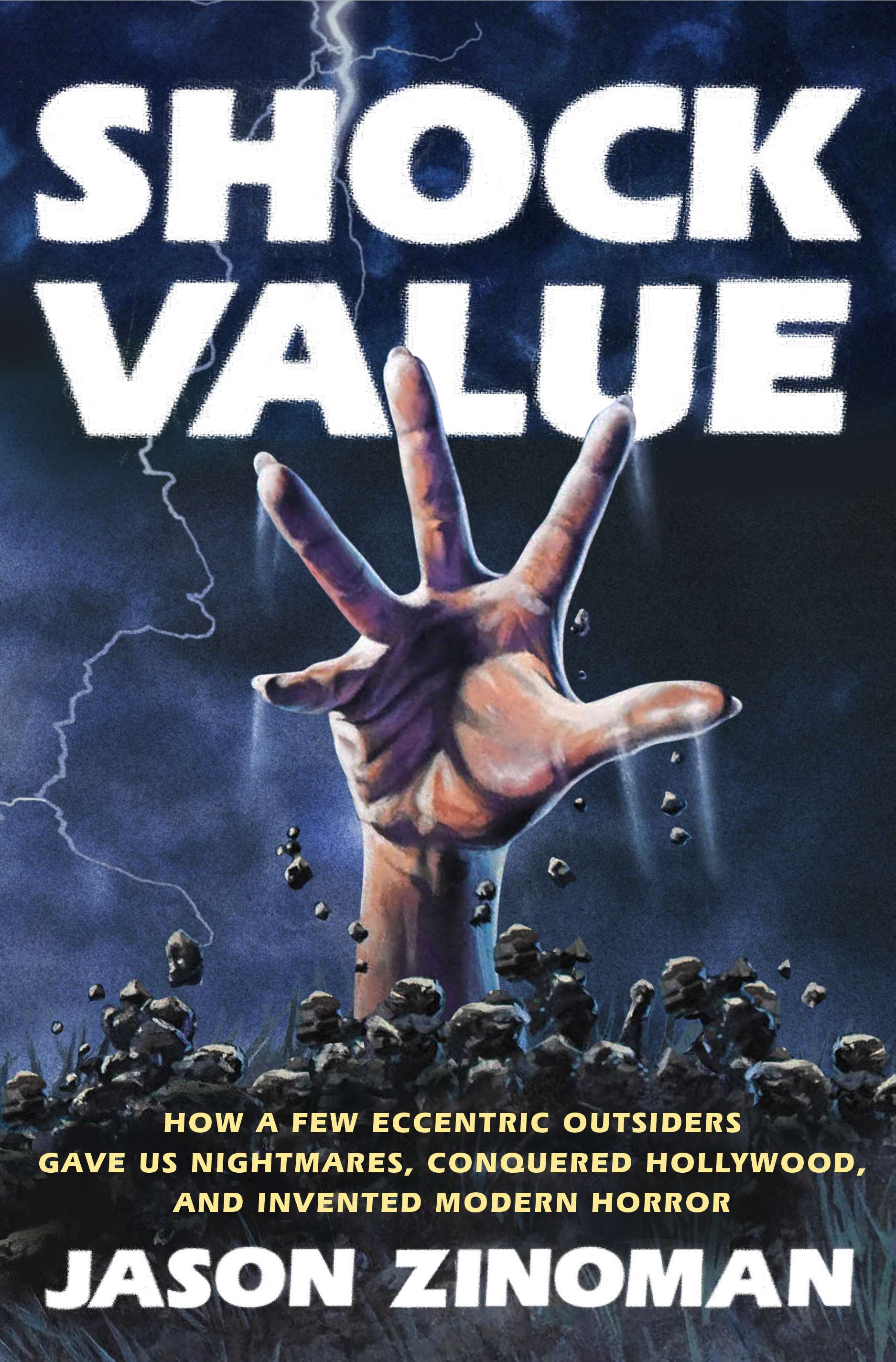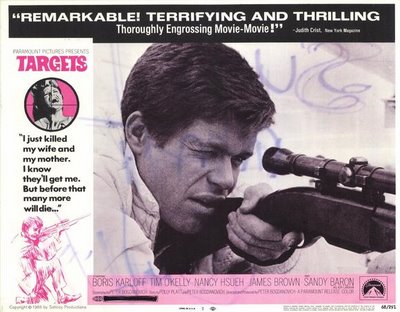 FRESH AIR
FRESH AIR
![]() In Shock Value: How a Few Eccentric Outsiders Gave Us Nightmares, Conquered Hollywood and Invented Modern Horror, New York Times Theater Critic Jason Zinoman recounts how directors like Bogdanovich, Wes Craven, George Romero, Roman Polanski and Brian De Palma started to redefine the horror genre in the aftermath of the Vietnam War — and influenced the genre for the next several decades. That new school of horror, says Zinoman, was based on real life: realistic, mundane events that could leave the audience wondering where evil could lurk (everywhere) and who could be evil (everyone). Serial killers replaced monsters — and uneasy sensations in a movie theater replaced the shock value of seeing werewolves jumping out on-screen. “From 1968 to 1970 … the essential monsters are no longer werewolves and the supernatural, [but instead] serial killers and zombies,” he says. “And there’s a certain kind of moral ambiguity — and generally, a sense of confusion and disorientation that marks most of these films.” MORE
In Shock Value: How a Few Eccentric Outsiders Gave Us Nightmares, Conquered Hollywood and Invented Modern Horror, New York Times Theater Critic Jason Zinoman recounts how directors like Bogdanovich, Wes Craven, George Romero, Roman Polanski and Brian De Palma started to redefine the horror genre in the aftermath of the Vietnam War — and influenced the genre for the next several decades. That new school of horror, says Zinoman, was based on real life: realistic, mundane events that could leave the audience wondering where evil could lurk (everywhere) and who could be evil (everyone). Serial killers replaced monsters — and uneasy sensations in a movie theater replaced the shock value of seeing werewolves jumping out on-screen. “From 1968 to 1970 … the essential monsters are no longer werewolves and the supernatural, [but instead] serial killers and zombies,” he says. “And there’s a certain kind of moral ambiguity — and generally, a sense of confusion and disorientation that marks most of these films.” MORE
RELATED: The story concerns an insurance agent and Vietnam veteran, played by Tim  O’Kelly, who murders his wife and mother and then goes on a shooting rampage from atop a Los Angeles oil refinery. When police start to close in on him, he flees to and resumes his shootings at a drive-in theater where an aging horror film actor is making a final promotional appearance. The character and actions of the killer are patterned after Charles Whitman, the University of Texas sniper. The character of actor Byron Orlok, named after Max Schreck‘s vampire Count Orlok in 1922’s Nosferatu, is patterned after Boris Karloff himself, who in fact plays the part in his last appearance in a major American film (although Bogdanovich states that, unlike Orlok, Karloff was not embittered with the movie business and did not wish to retire). In the film’s finale, which takes place at a San Fernando Valley drive-in theater, Karloff — the old-fashioned, traditional screen monster who always obeyed the rules — confronts the new, realistic, nihilistic late-1960s monster in the shape of a clean-cut, unassuming multiple murderer. MORE
O’Kelly, who murders his wife and mother and then goes on a shooting rampage from atop a Los Angeles oil refinery. When police start to close in on him, he flees to and resumes his shootings at a drive-in theater where an aging horror film actor is making a final promotional appearance. The character and actions of the killer are patterned after Charles Whitman, the University of Texas sniper. The character of actor Byron Orlok, named after Max Schreck‘s vampire Count Orlok in 1922’s Nosferatu, is patterned after Boris Karloff himself, who in fact plays the part in his last appearance in a major American film (although Bogdanovich states that, unlike Orlok, Karloff was not embittered with the movie business and did not wish to retire). In the film’s finale, which takes place at a San Fernando Valley drive-in theater, Karloff — the old-fashioned, traditional screen monster who always obeyed the rules — confronts the new, realistic, nihilistic late-1960s monster in the shape of a clean-cut, unassuming multiple murderer. MORE
